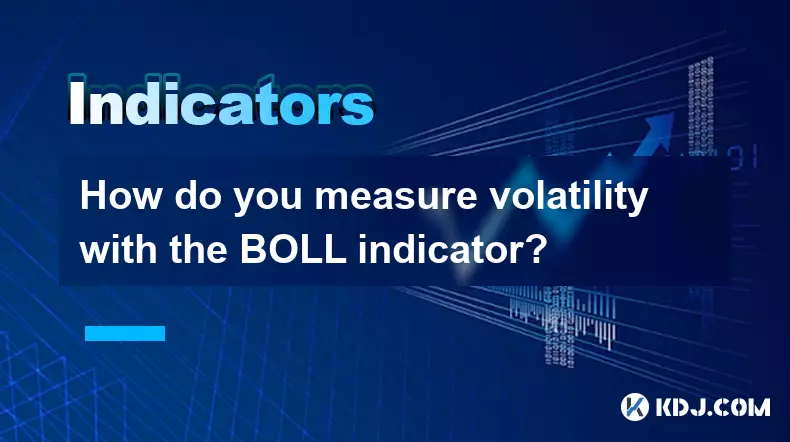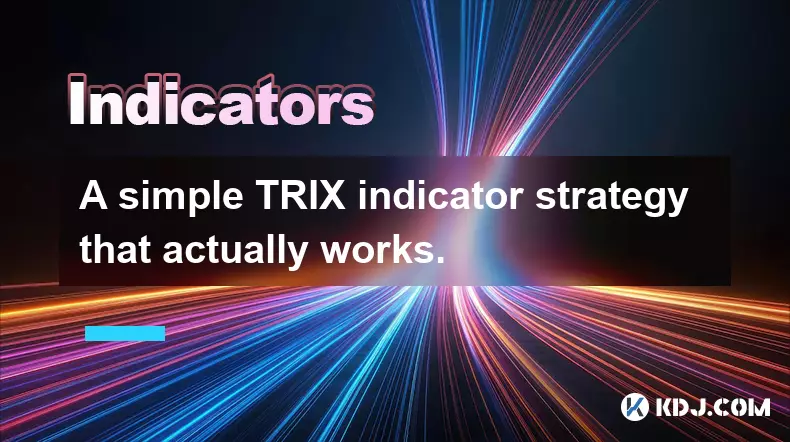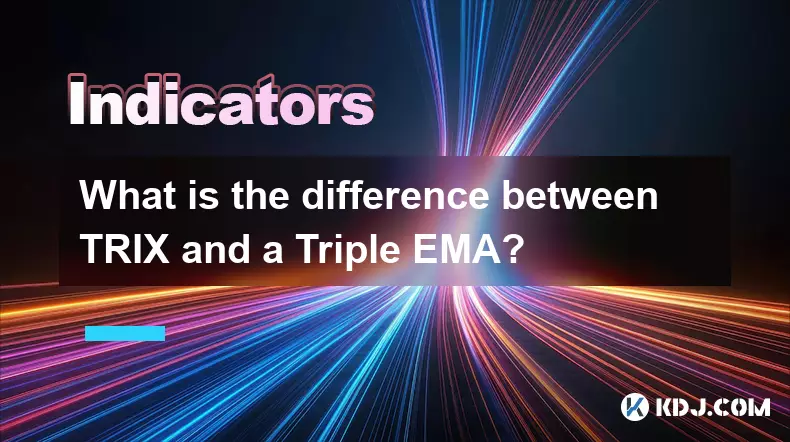-
 bitcoin
bitcoin $105968.894684 USD
4.17% -
 ethereum
ethereum $3639.320047 USD
7.62% -
 tether
tether $1.000339 USD
0.06% -
 xrp
xrp $2.407774 USD
5.96% -
 bnb
bnb $1011.704193 USD
2.28% -
 solana
solana $166.942754 USD
6.37% -
 usd-coin
usd-coin $1.000143 USD
0.03% -
 tron
tron $0.291515 USD
0.25% -
 dogecoin
dogecoin $0.181682 USD
4.06% -
 cardano
cardano $0.585450 USD
4.54% -
 hyperliquid
hyperliquid $42.099968 USD
5.20% -
 chainlink
chainlink $16.160745 USD
5.45% -
 zcash
zcash $645.269648 USD
12.96% -
 bitcoin-cash
bitcoin-cash $507.430338 USD
2.80% -
 stellar
stellar $0.290357 USD
3.69%
How do you measure volatility with the BOLL indicator?
Bollinger Bands help crypto traders gauge volatility and spot potential reversals, with band width reflecting market turbulence and squeezes often preceding breakouts.
Nov 07, 2025 at 07:00 am

Understanding the BOLL Indicator in Cryptocurrency Trading
The BOLL indicator, commonly known as Bollinger Bands, is a widely used technical analysis tool in the cryptocurrency market. It helps traders assess price volatility and identify potential overbought or oversold conditions. The indicator consists of three lines: a middle band, which is typically a 20-period simple moving average (SMA), and two outer bands that represent standard deviations above and below the SMA. These bands expand and contract based on recent price fluctuations, offering dynamic insights into market behavior.
How Volatility is Reflected in Bollinger Bands
- 1. When the distance between the upper and lower bands widens, it indicates increasing volatility. This expansion often occurs during periods of high trading activity or significant news events affecting the crypto market.
- 2. Conversely, when the bands move closer together, forming a narrow channel, it signals low volatility. Such contraction may precede a sharp price movement, as prolonged consolidation often leads to breakout scenarios.
- 3. The width of the bands serves as a visual gauge of market turbulence—wider bands mean higher volatility, while tighter bands suggest stability or indecision among traders.
- 4. Traders monitor the rate at which the bands expand or contract to anticipate shifts in momentum. Rapid widening after a quiet phase can indicate the start of a new trend driven by strong buying or selling pressure.
- 5. In highly speculative environments like the crypto space, sudden spikes in volatility are common, making Bollinger Bands particularly useful for detecting early signs of market acceleration.
Using BOLL to Identify Potential Price Reversals
- 1. Prices touching or exceeding the upper band may suggest an asset is overbought, especially if accompanied by high volume. This does not guarantee a reversal but increases the probability of a pullback toward the middle SMA.
- 2. Similarly, when prices reach or fall below the lower band, it could signal an oversold condition. In trending markets, however, prices can remain near one band for extended periods, so context matters.
- 3. A 'squeeze' setup occurs when the bands are extremely close, indicating very low volatility. A subsequent breakout beyond either band with strong volume is often seen as a high-probability trade signal.
- 4. Some traders combine Bollinger Bands with the Relative Strength Index (RSI) or volume indicators to confirm whether extreme band touches are likely to result in reversals or continuations.
- 5. In volatile crypto markets, false breakouts are frequent. Therefore, waiting for candlestick confirmation after a band touch improves decision accuracy.
Practical Applications of BOLL in Crypto Markets
- 1. Day traders use Bollinger Bands on shorter timeframes (like 5-minute or 15-minute charts) to capture quick price swings within the band range, employing mean reversion strategies.
- 2. Swing traders apply the indicator on 4-hour or daily charts to identify entry and exit points during sustained moves, using band touches in alignment with broader trends.
- 3. During major Bitcoin rallies or corrections, Bollinger Bands clearly illustrate how volatility escalates, helping traders adjust position sizes and risk exposure accordingly.
- 4. Algorithmic trading systems often integrate Bollinger Band width as a volatility filter, avoiding entries when bands are too narrow or too wide based on predefined thresholds.
- 5. The indicator's adaptability across different cryptocurrencies—from large caps like Ethereum to volatile altcoins—makes it a staple in many trading dashboards.
Frequently Asked Questions
What does a Bollinger Band squeeze indicate in crypto trading?A Bollinger Band squeeze indicates a period of low volatility where the upper and lower bands converge closely around the moving average. In cryptocurrency markets, this often precedes a significant price breakout, either upward or downward. Traders watch for increased volume following the squeeze to determine the direction of the impending move.
Can Bollinger Bands predict exact price levels?No, Bollinger Bands do not predict specific price targets. They provide a framework for understanding relative price levels and volatility. Touching the upper or lower band doesn't guarantee a reversal; it only suggests that the current price is statistically high or low compared to recent performance.
How should traders adjust Bollinger Bands for highly volatile cryptos?For extremely volatile cryptocurrencies, traders may increase the standard deviation multiplier from the default 2 to 2.5 or even 3 to reduce false signals. Alternatively, adjusting the lookback period of the moving average can help smooth out erratic price action and improve reliability.
Disclaimer:info@kdj.com
The information provided is not trading advice. kdj.com does not assume any responsibility for any investments made based on the information provided in this article. Cryptocurrencies are highly volatile and it is highly recommended that you invest with caution after thorough research!
If you believe that the content used on this website infringes your copyright, please contact us immediately (info@kdj.com) and we will delete it promptly.
- Ripple (XRP) in 2026: Hold or Fold? A Look at XRP's Future and Emerging DeFi Alternatives
- 2025-11-08 18:35:01
- Zcash ZEC Coin Price Explosion: From Privacy Niche to Center Stage
- 2025-11-08 18:55:01
- Berachain Price Prediction: Navigating the Honeycomb Hype in Crypto
- 2025-11-08 18:55:01
- Arthur Hayes, Gold, and Bitcoin: A Modern Monetary Trinity?
- 2025-11-08 19:15:01
- Shiba Inu's Next Move: Navigating a Shifting Market
- 2025-11-08 19:20:01
- Pakistan's Crypto Crossroads: Balancing Opportunity with Asset-Backed Realities
- 2025-11-08 19:20:01
Related knowledge

How do professional traders use the TRIX indicator?
Nov 06,2025 at 04:40pm
Understanding the TRIX Indicator in Crypto TradingThe TRIX (Triple Exponential Average) indicator is a momentum oscillator used by professional trader...

Can I use the TRIX indicator on my mobile trading app?
Nov 07,2025 at 07:40pm
The TRIX indicator, a momentum oscillator designed to filter out short-term fluctuations and highlight long-term trends, has become increasingly popul...

How to code a simple TRIX indicator script in Pine Script?
Nov 07,2025 at 06:20am
How to Code a Simple TRIX Indicator in Pine Script The TRIX (Triple Exponential Moving Average) indicator is widely used in cryptocurrency trading to ...

A simple TRIX indicator strategy that actually works.
Nov 08,2025 at 05:39pm
Understanding the TRIX Indicator in Crypto Trading1. The TRIX (Triple Exponential Average) indicator is a momentum oscillator designed to filter out s...

What is the difference between TRIX and a Triple EMA?
Nov 10,2025 at 04:00am
Understanding Decentralized Exchanges in the Crypto Ecosystem1. Decentralized exchanges (DEXs) have emerged as a cornerstone of blockchain innovation,...

How to trade TRIX indicator signals on the 1-hour chart?
Nov 07,2025 at 05:39am
Bitcoin's Role in Decentralized Finance1. Bitcoin remains the cornerstone of decentralized finance, serving as a benchmark for value and security acro...

How do professional traders use the TRIX indicator?
Nov 06,2025 at 04:40pm
Understanding the TRIX Indicator in Crypto TradingThe TRIX (Triple Exponential Average) indicator is a momentum oscillator used by professional trader...

Can I use the TRIX indicator on my mobile trading app?
Nov 07,2025 at 07:40pm
The TRIX indicator, a momentum oscillator designed to filter out short-term fluctuations and highlight long-term trends, has become increasingly popul...

How to code a simple TRIX indicator script in Pine Script?
Nov 07,2025 at 06:20am
How to Code a Simple TRIX Indicator in Pine Script The TRIX (Triple Exponential Moving Average) indicator is widely used in cryptocurrency trading to ...

A simple TRIX indicator strategy that actually works.
Nov 08,2025 at 05:39pm
Understanding the TRIX Indicator in Crypto Trading1. The TRIX (Triple Exponential Average) indicator is a momentum oscillator designed to filter out s...

What is the difference between TRIX and a Triple EMA?
Nov 10,2025 at 04:00am
Understanding Decentralized Exchanges in the Crypto Ecosystem1. Decentralized exchanges (DEXs) have emerged as a cornerstone of blockchain innovation,...

How to trade TRIX indicator signals on the 1-hour chart?
Nov 07,2025 at 05:39am
Bitcoin's Role in Decentralized Finance1. Bitcoin remains the cornerstone of decentralized finance, serving as a benchmark for value and security acro...
See all articles





















![The Graph Price Prediction [GRT Crypto Price News Today] The Graph Price Prediction [GRT Crypto Price News Today]](/uploads/2025/11/07/cryptocurrencies-news/videos/690d4df44fe69_image_500_375.webp)




















































